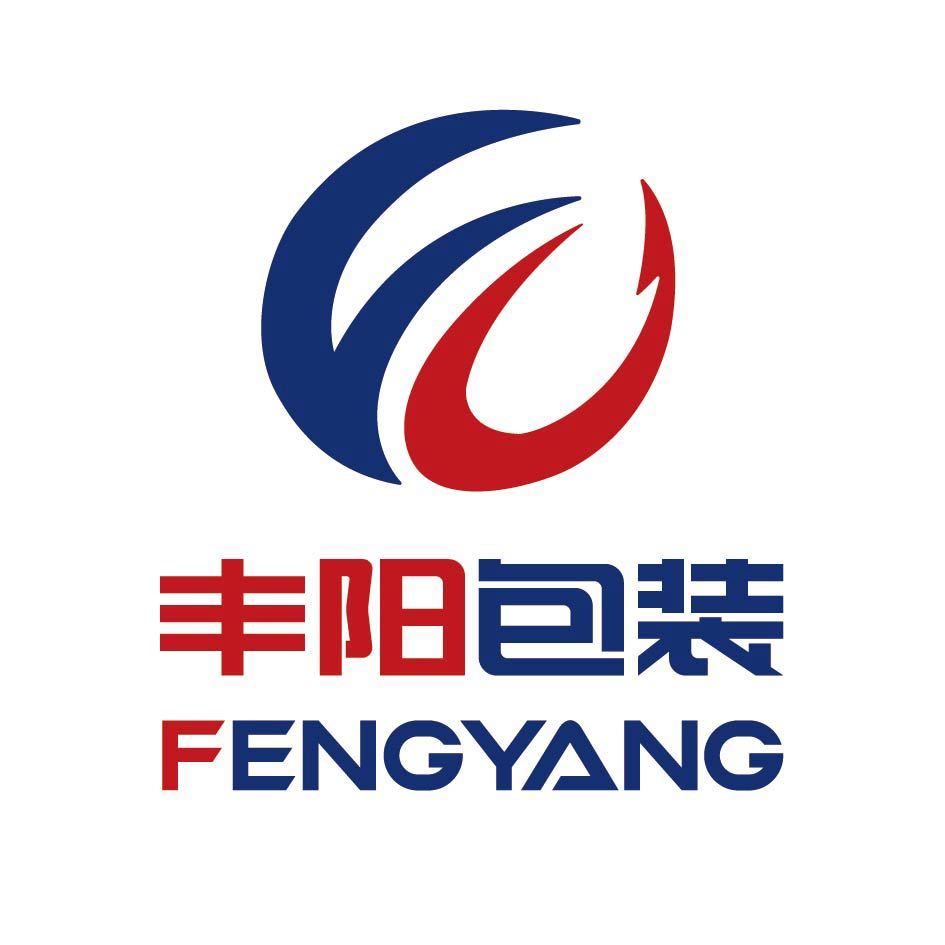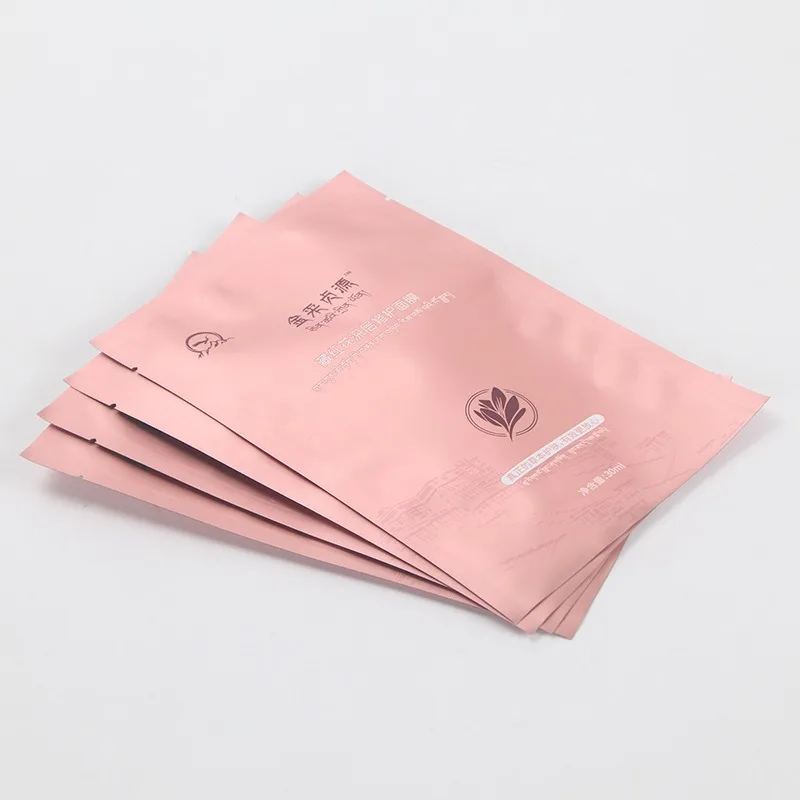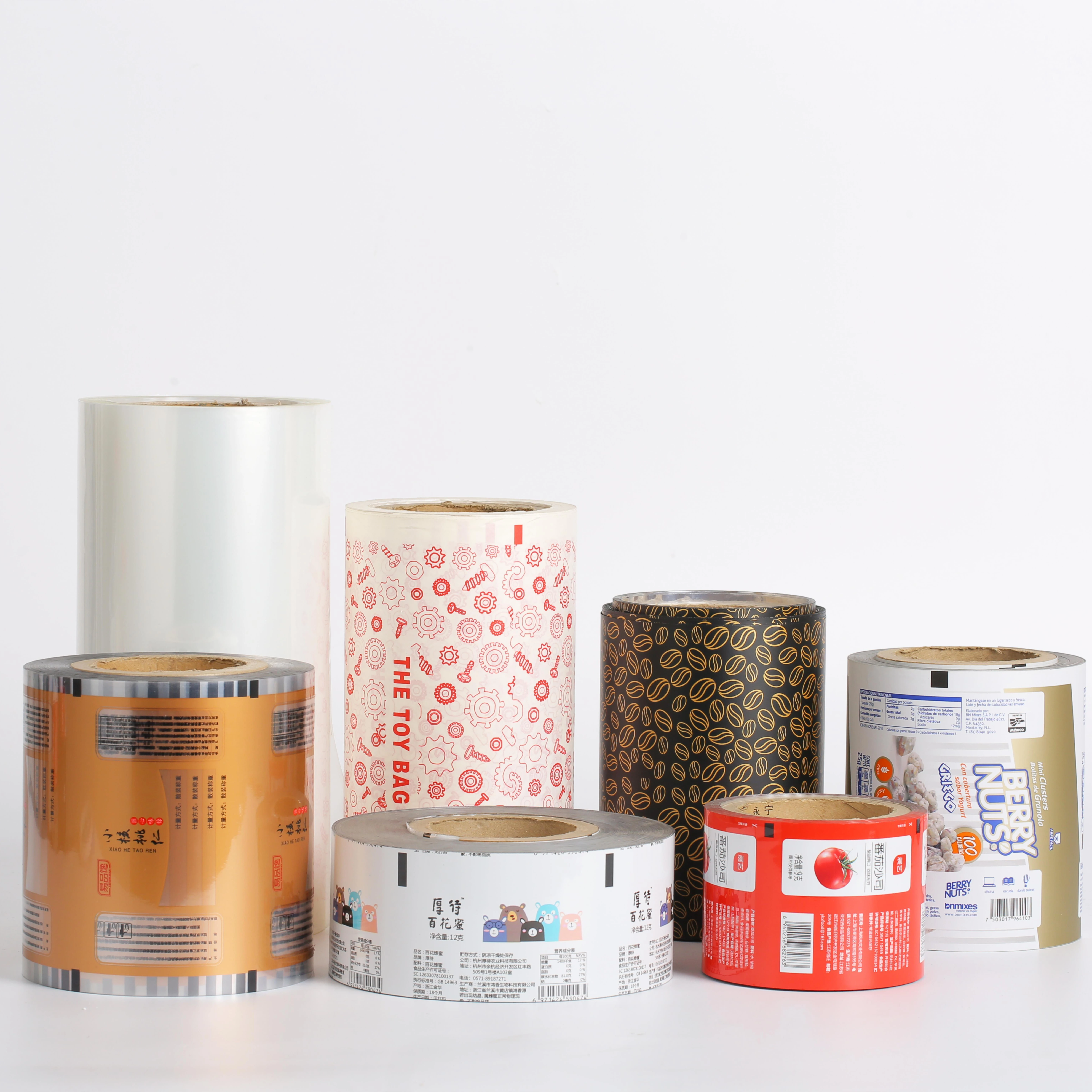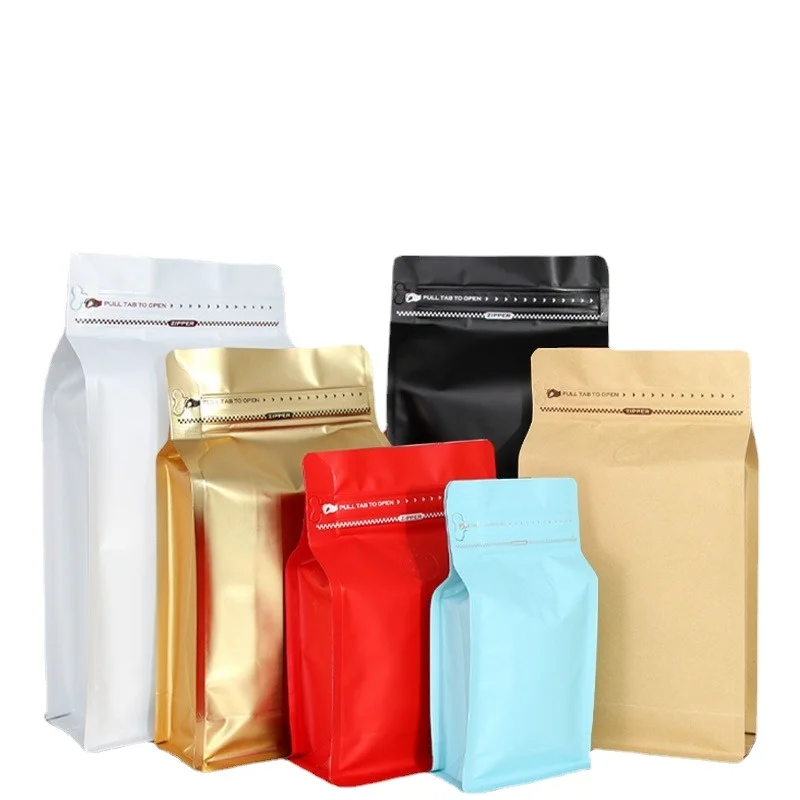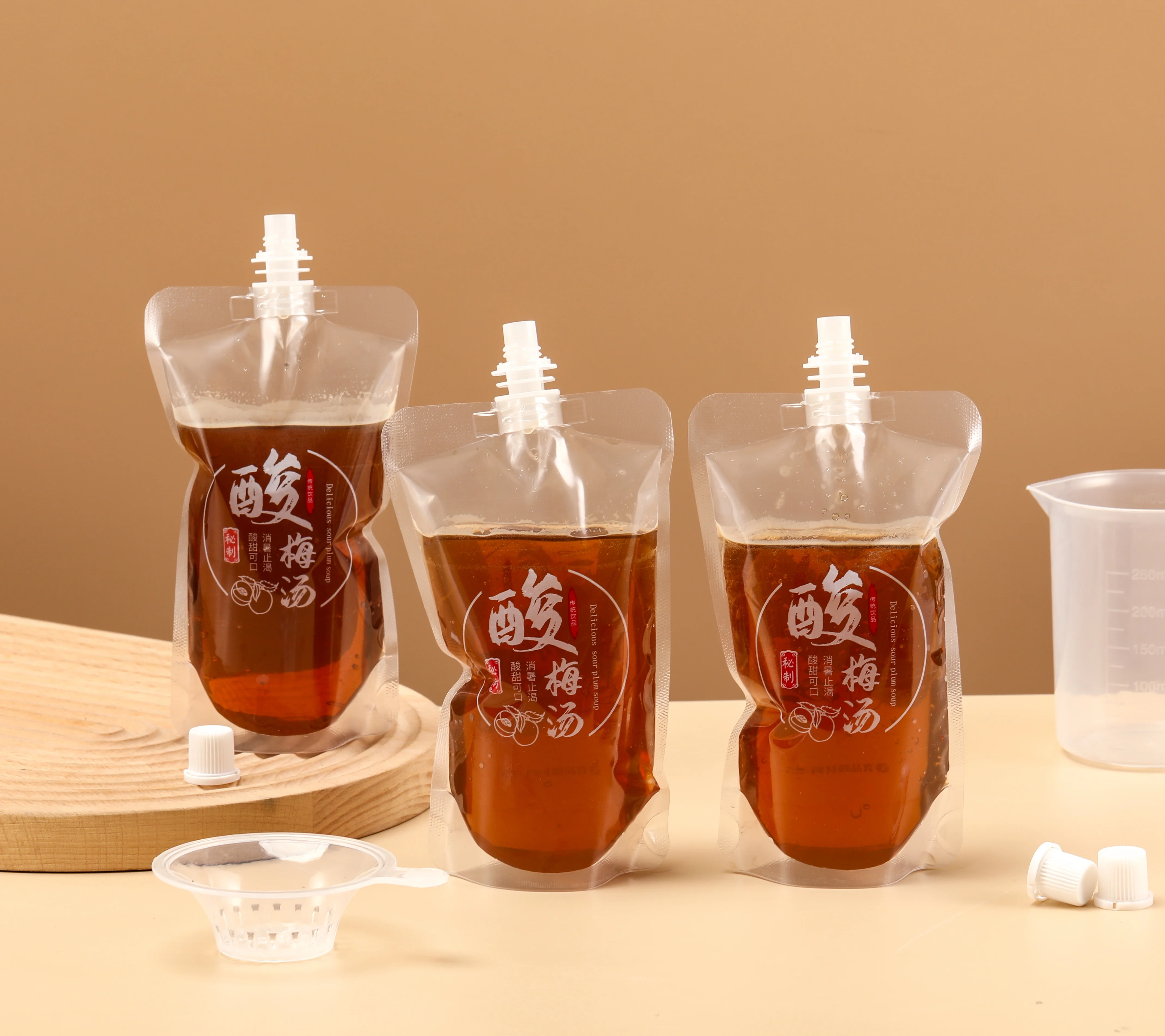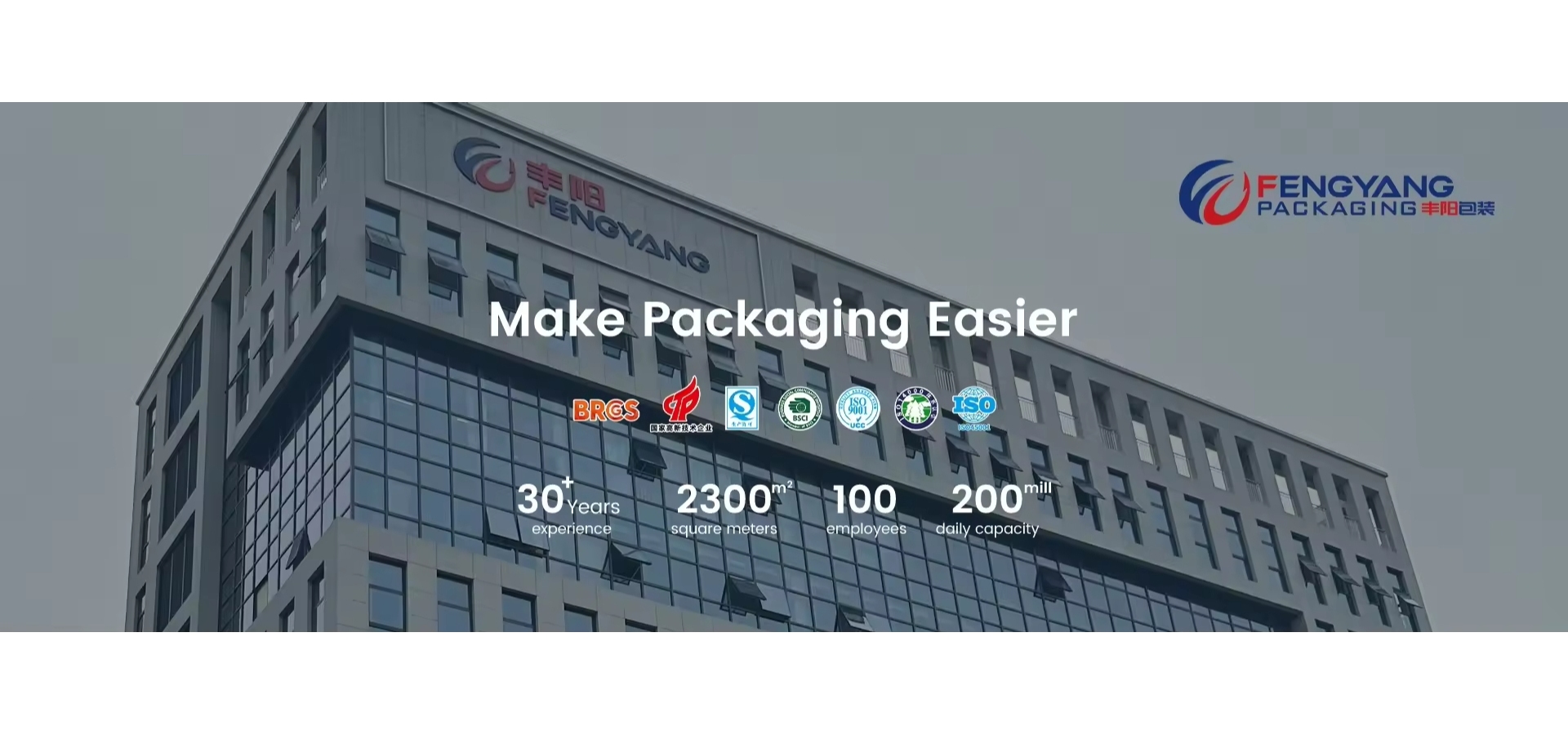
ABOUT
Wenzhou Fengyang Packaging Co., Ltd. is located in Cangnan County, Wenzhou City, Zhejiang Province, China's packaging and printing city. Founded in 2016, the company has a registered capital of 55.51 million yuan, an annual output value of 300 million yuan, a building area of 23000 square meters, more than 100 employees, a team of technical R&D engineers with 10 years of experience, and more than 10 patents for various packaging applications. It is a national high-tech enterprise in China and a technology-based enterprise in Zhejiang Province. The company has been focusing on the research and development and production of functional packaging products such as high barrier, light and heat avoidance, low-temperature freezing, high-temperature steaming, recycling, and degradability. The company has passed IS09001 quality management system certification, IS022000 food safety management system certification, etc. The products have passed multiple authoritative tests such as SGS,BSCI, and the materials comply with US FDA and EU standards. It is a technology-based manufacturing enterprise that integrates research and development, design, production, sales, and service.The company can support OEM, ODM customization, the main production of coffee bags, dog food bags, suction bags, self-supporting zipper bags. The company with excellent quality, good service, timely delivery to win the trust of customers at home and abroad.Thanks for the recognition of domestic and foreign customers, welcome to visit our factory at any time.
PRODUCTS
Water Bags Save Earth
Harnessing the Power of Rainwater Harvesting
Water bags, in their most basic form, are large, durable containers designed to collect rainwater from rooftops, surfaces, or even strategically placed collection points. This simple act of harvesting rainwater dramatically reduces the strain on traditional water sources like rivers, lakes, and aquifers. Rainwater, naturally purified by filtration through the atmosphere, often requires minimal treatment before use in non-potable applications such as irrigation or toilet flushing. This reduction in demand on already stressed water systems is a crucial step towards water security, particularly in arid and semi-arid regions experiencing frequent droughts.
The design of water bags themselves contributes to their effectiveness. Many modern water bags utilize innovative materials, like reinforced polymers, offering superior durability and UV resistance, ensuring longevity and minimizing environmental impact through reduced replacement needs. Their lightweight and collapsible nature allows for easy transportation and storage, making them highly adaptable to diverse geographical locations and logistical challenges. The flexible design also allows for efficient space utilization, making them ideal for both large-scale projects and individual household use.
Combating Drought and Water Stress
The effectiveness of water bags in mitigating drought is undeniable. During periods of water scarcity, these reservoirs provide a readily available source of water for essential needs. This is particularly critical in agriculture, where water bags can sustain crop yields even during extended periods of drought. Farmers can utilize harvested rainwater for irrigation, minimizing reliance on dwindling groundwater supplies and ensuring food security. The impact extends beyond individual farms, as reduced water consumption from traditional sources can help maintain essential water supplies for community needs.
Moreover, water bags offer a decentralized approach to water management. Unlike centralized water infrastructure, which can be vulnerable to disruptions, water bags empower communities and individuals to manage their water resources autonomously. This localized approach enhances resilience to drought and minimizes the impact of water shortages on vulnerable populations. Their ease of implementation also makes them particularly useful in emergency situations, providing a quick and reliable source of water in the aftermath of natural disasters.
Environmental Benefits Beyond Water Conservation
The environmental advantages of water bags extend beyond mere water conservation. By reducing the demand on groundwater extraction, water bags contribute to the protection of groundwater aquifers and prevent land subsidence. Excessive groundwater pumping can lead to significant environmental damage, including depletion of vital ecosystems and saltwater intrusion in coastal areas. Water bags help alleviate these pressures, contributing to the long-term health of our planet's precious water resources.
Furthermore, reduced reliance on energy-intensive water treatment and transportation processes significantly decreases the carbon footprint associated with water management. This contribution towards mitigating climate change is an added benefit, making water bags a truly sustainable solution. By embracing this simple yet effective technology, we can collectively strive towards a more eco-friendly approach to managing our most precious resource.
Conclusion: A Sustainable Solution for a Thirsty World
Water bags represent a significant advancement in water management, offering a practical, affordable, and sustainable solution to the global water crisis. Their ability to harvest rainwater, mitigate drought, and offer environmental benefits makes them an invaluable tool in our fight to secure clean water for all. While not a silver bullet, water bags are a crucial component of a holistic approach to water conservation, empowering communities and individuals to take control of their water future and contribute to a healthier planet.
The widespread adoption of water bag technology requires collaborative efforts involving governments, NGOs, and individuals. Promoting awareness, providing technical support, and investing in research and development will be crucial in unlocking the full potential of this innovative solution and ensuring its widespread integration into global water management strategies.
SUBSCRIBE
INQUIRY
